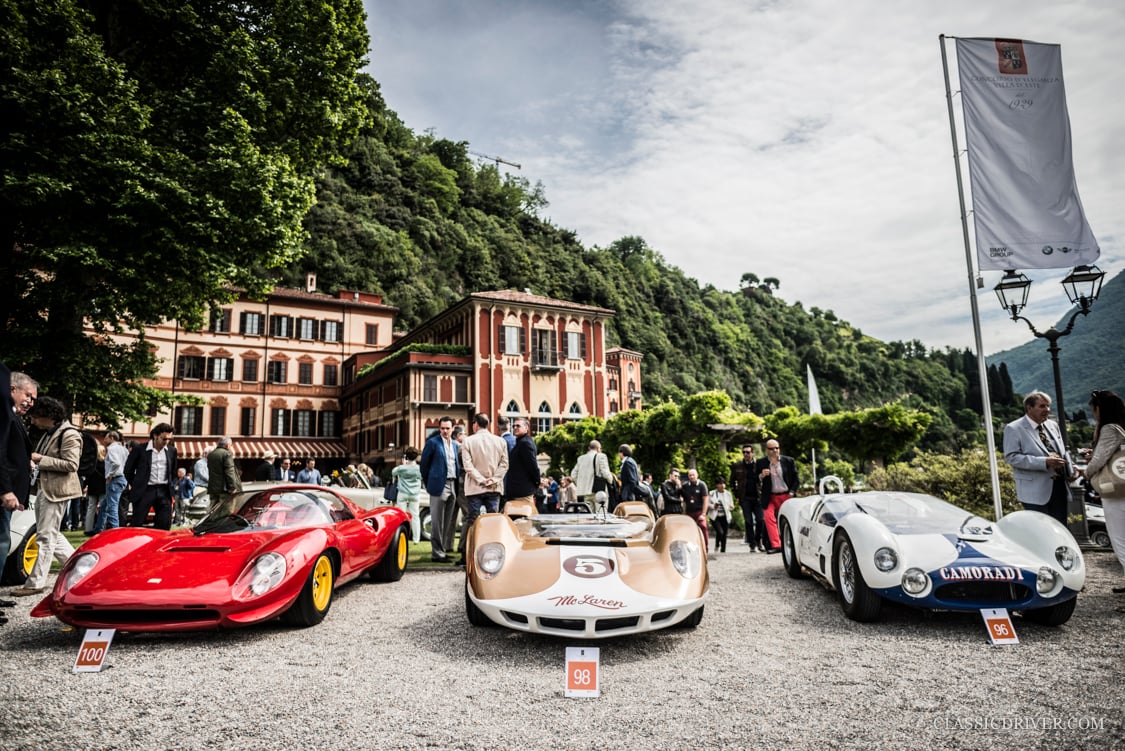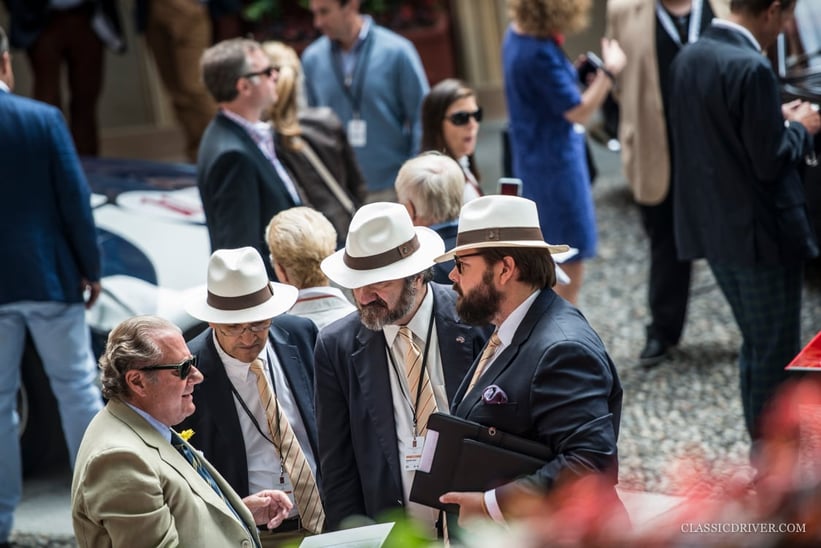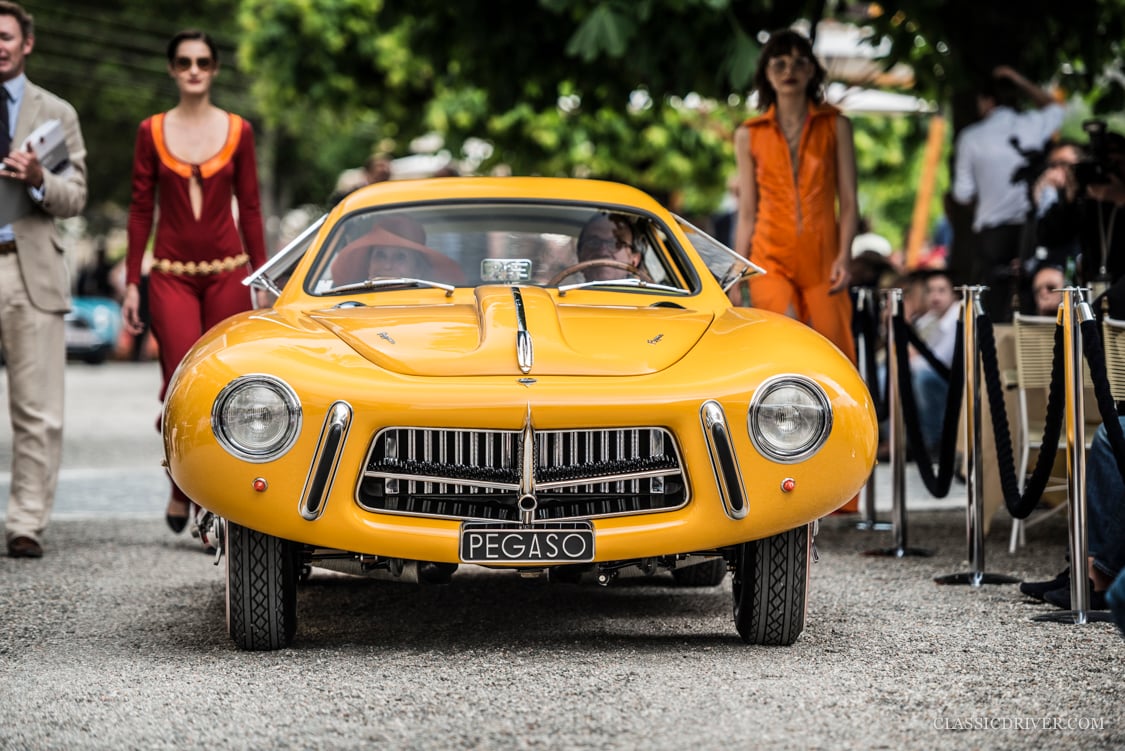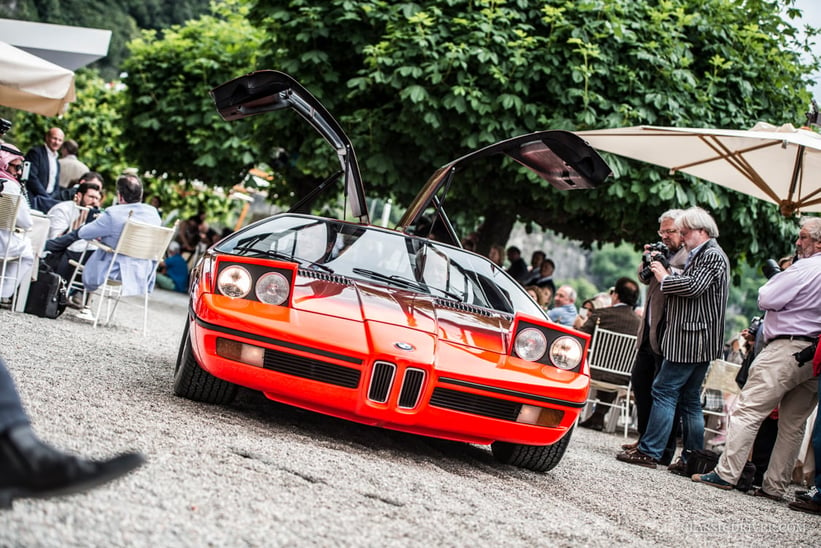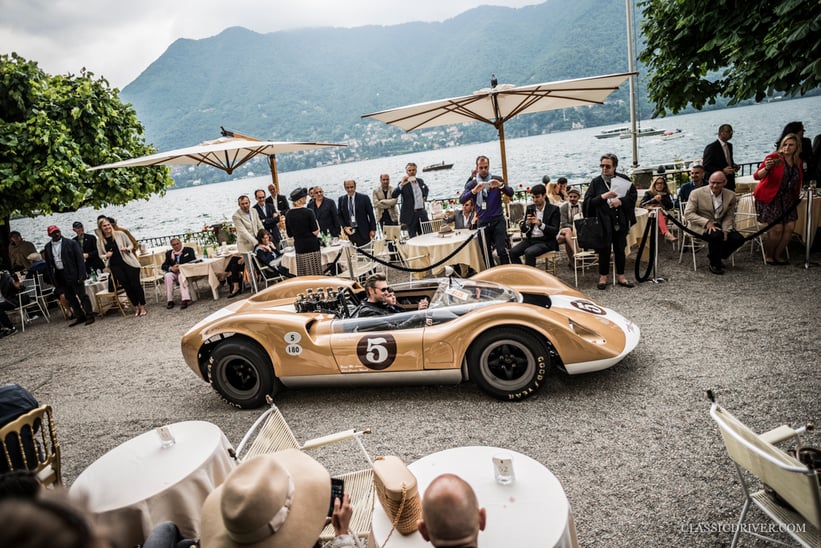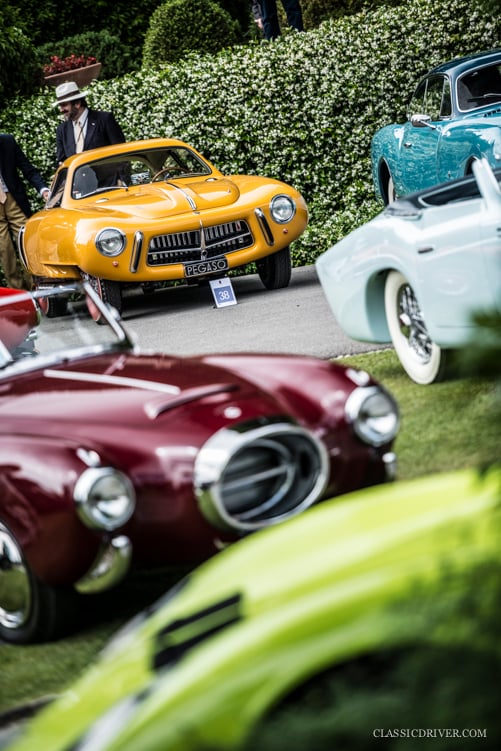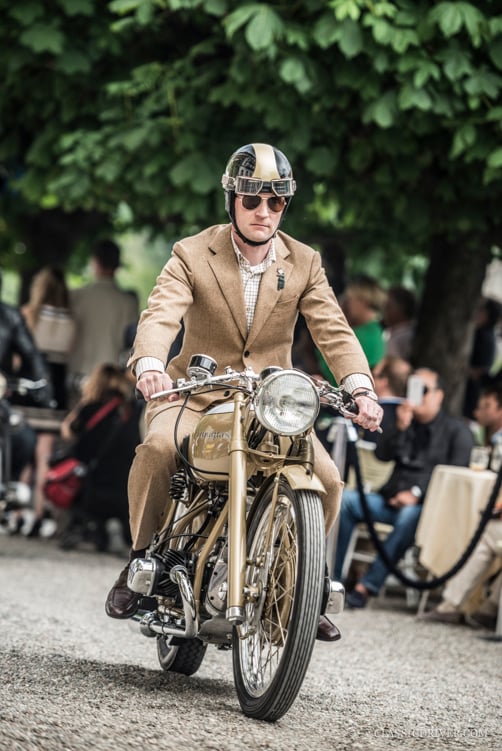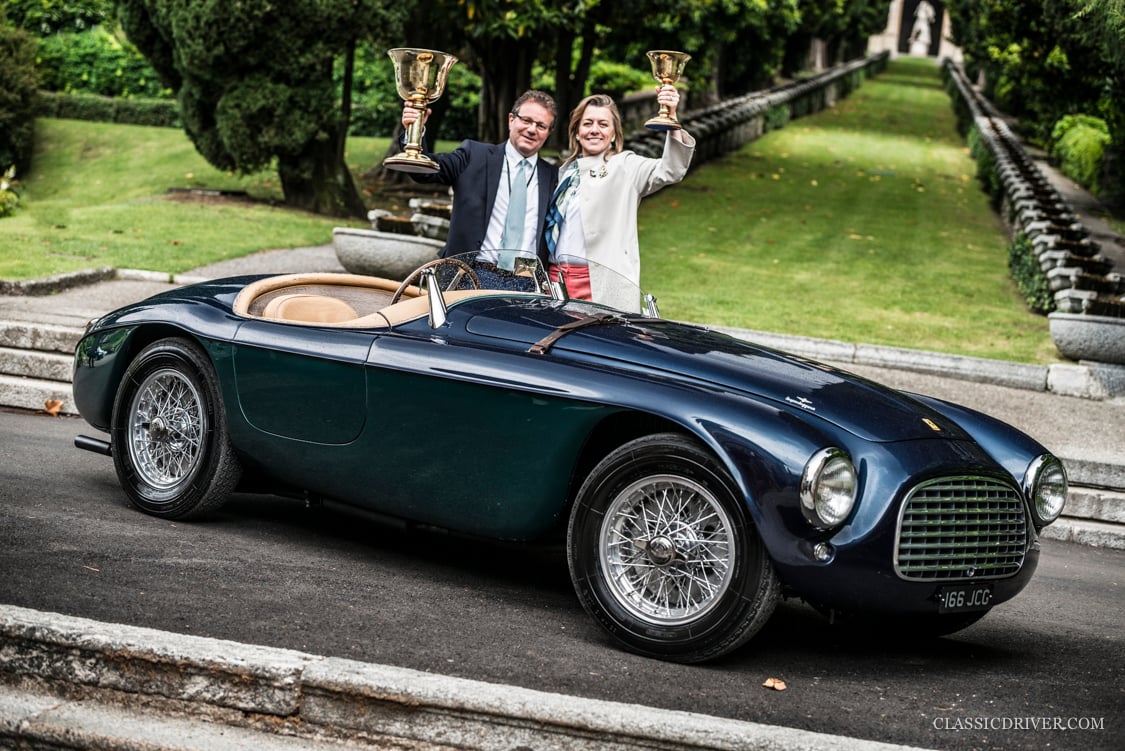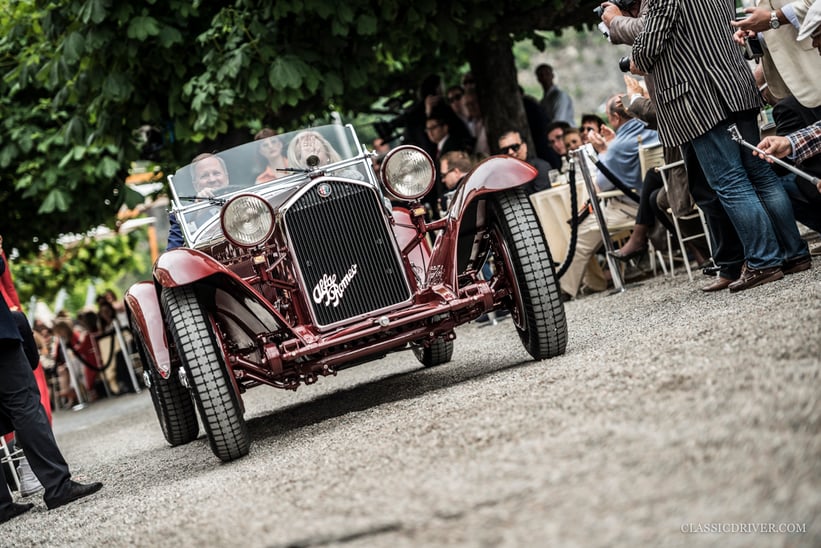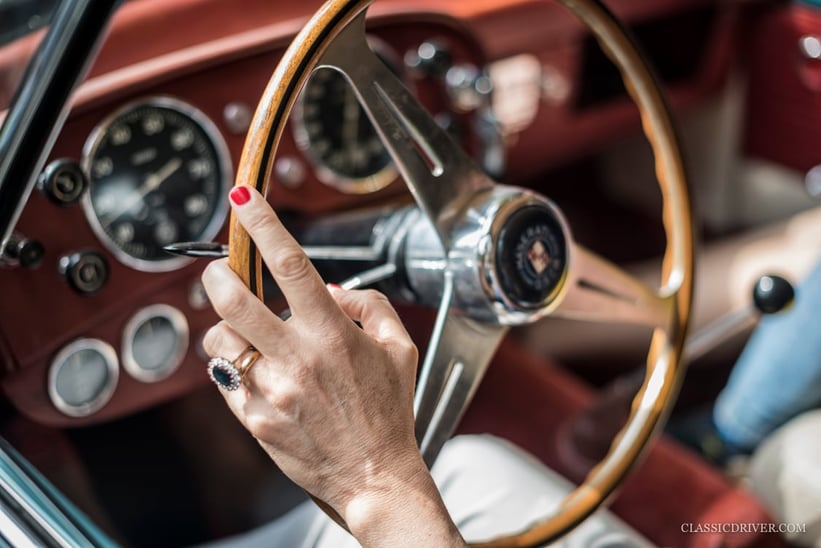Most custom bikes are easy to label: scrambler, café racer, streetfighter and so on. Others are impossible to categorize, but immediately grab the eye.
This is one of the tricky ones. It’s not traditional Bike EXIF fare, but we love it. It’s a Harley-Davidson Sportster custom from the German workshop Altes Eisen—which means ‘Old Iron.’
“Old iron is what we build, and prefer,” says co-founder Dirk. “Our bikes are far away from the modern generation—no fuel injection, engine remapping or ABS.” Like many of the best builders, they strive for simplicity and would rather hammer metal than mold plastic.
And they’re good at it. This 1987 Harley Sportster, nicknamed El Cochino (‘filthy pig’), has been shot by top German photographer Ben Grna for the cover of the influential German magazine Custombike.
“It’s a conscious mixture of different styles,” says Dirk. “A little bit bobber, a little bit café racer. It’s a rustic looking but rideable bike.”
The raw sheet metal has been phosphated and clear-varnished to preserve the old-fashioned, handcrafted look.
It’s fun to play spot-the-part: the air cleaner is a modified Lambretta horn cover, and the points cover is a vintage ‘peephole’ door viewer. The front brake drum is engraved by hand (and chisel).
The effect is old. It’s a cornucopia of brass, copper and rivets, giving the impression of a bike built a hundred years ago—without descending into steampunk territory.
The hand-beaten scalloped tank is based on an old moped design, hooked up with copper lines, and the seat covering is antique-style leather—neatly attached to the tail unit with snap fasteners.
The internals of the 883 EVO engine are stock, but Altes Eisen have replaced the original carburetor with an S&S Super E. The free-flowing custom pipes sit high, scrambler-fashion, but the wrapping will keep heat away from the rider’s right thigh. A SuperTrapp muffler keeps noise levels down.
Structural changes are extensive: the frame is shortened, and fitted with a beautiful springer fork from Zero Engineering. It’s a perfect match for the vintage style brass headlight surround and custom-made bars, which are fitted with an internal throttle cable.
Structural changes are extensive: the frame is shortened, and fitted with a beautiful springer fork from Zero Engineering. It’s a perfect match for the vintage style brass headlight surround and custom-made bars, which are fitted with an internal throttle cable.
The 16-inch wheels are Sanremo up front, Akront at the back. The blacked-out shocks are from Progressive Suspension, and there’s an SS Cycle sprocket brake on the rear wheel—an ingenious system similar to that found on go-karts.
The sprocket does double duty, acting as a disc brake rotor as well as taking drive from the chain.
At the deepest level, ‘El Cochino’ is a rolling showcase for traditional metalworking and fabrication skills. It doesn’t sit easily with conventional labels—but Altes Eisen are going their own way, and they’re on the right track.
Altes Eisen | Facebook | Images by Da Guru | Da Guru Facebook | Instagram



